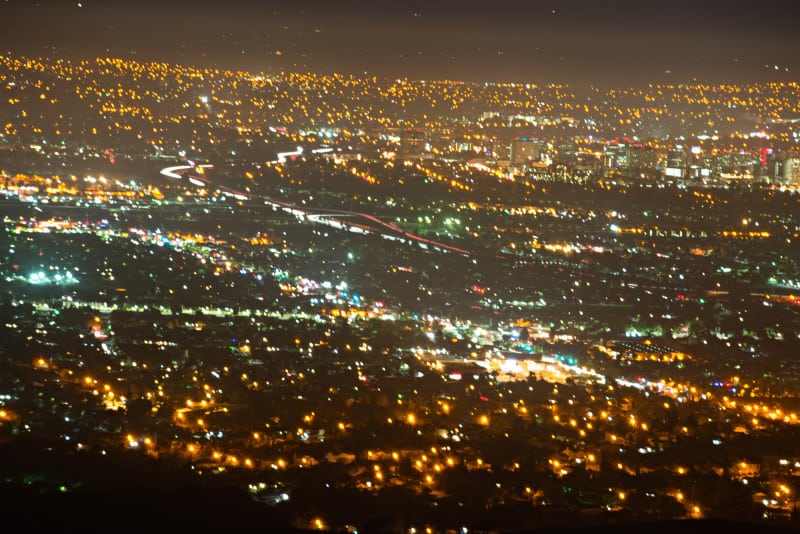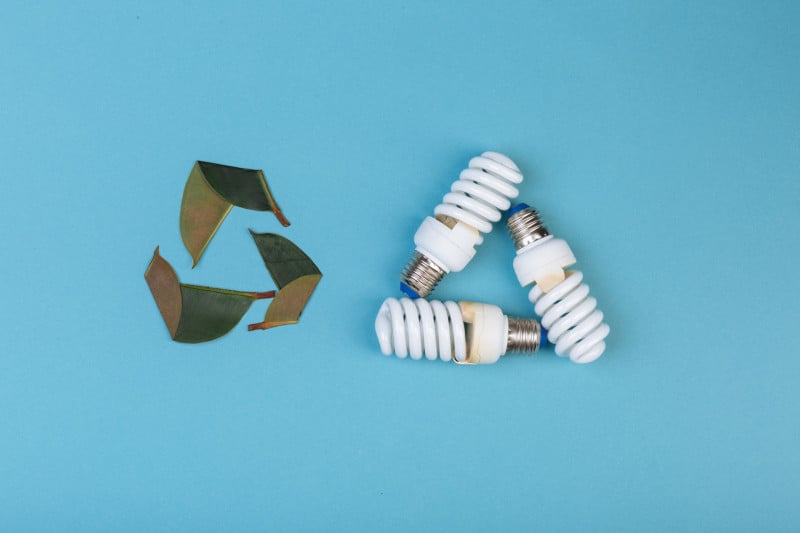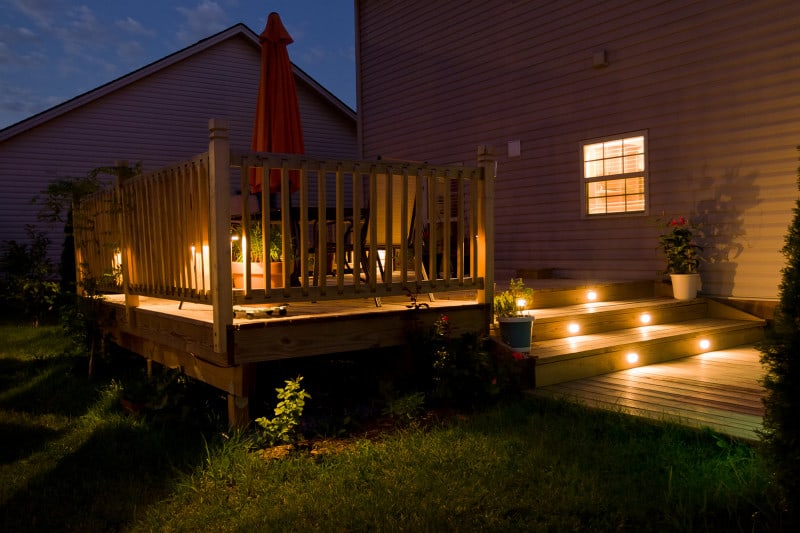In a world where we are constantly seeking ways to reduce our environmental impact and save money, energy-efficient lighting is a simple yet effective solution.
This innovative technology not only helps to conserve our planet’s precious resources, but also offers numerous benefits, such as reduced light pollution, protecting wildlife, improving air quality, and conserving energy resources.
In this article, we will explore the many advantages of making the switch to energy-efficient lighting and how, with just a few changes, we can all contribute to a brighter, greener future.
Benefits of Energy-Efficient Lighting
Installing energy-efficient lighting can have a lasting impact on the environment and your wallet.
Take, for example, the city of Los Angeles, which recently installed LED street lights that are estimated to reduce their electric bill by $7 million annually.
The benefits of using energy-efficient lighting extend beyond cost savings, however. Not only does it reduce electricity costs, but it also reduces greenhouse gas emissions and helps conserve natural resources.
Energy-efficient lighting has made great strides in reducing costs for businesses and households alike. By replacing traditional bulbs with compact fluorescent lamps (CFLs) or LEDs, you can save up to 80% of your energy costs!
This is an enormous reduction that can significantly decrease your carbon footprint and help preserve our environment.
These bulbs are much more durable than traditional bulbs and require far less maintenance over the years.
With the right technology, we can make a huge difference when it comes to protecting our planet and creating a sustainable future.
Energy-efficient lighting offers an easy way to start making eco-friendly changes while saving money at the same time.
Switching out old lightbulbs for energy-efficient alternatives is one of the most effective ways to reduce electricity consumption while still maintaining comfortable levels of illumination in any space.
Reducing Light Pollution
Now that we know the benefits of energy-efficient lighting, let’s move on to the important issue of reducing light pollution.
Light pollution is defined as any adverse effect caused by artificial lighting, including skyglow, glare and light trespass.
It not only has a detrimental impact on ecosystems, but also affects our sleep cycles and the quality of the night sky.
Fortunately, there are some steps we can take to reduce light pollution. Dark sky initiatives are one way to reduce light pollution.
These initiatives focus on promoting responsible outdoor lighting practices that shield lights from passing into the night sky.
Dark sky friendly lighting is designed to only project downward, which reduces light trespass and glare while still providing adequate illumination for safety purposes.
Many communities have implemented ordinances to limit nighttime lighting intensity and require fixtures that use shielded bulbs or fixtures with reflectors so they don’t cast light upward toward the night sky.
We can all help reduce light pollution by replacing older outdoor lights with energy-efficient LED lights that are designed specifically for dark sky use.
When installing new outdoor lights, make sure you point them towards the ground and install shields or reflectors if necessary.
This will ensure more of the light is directed downward instead of into our night sky.
By doing our part in reducing light pollution, we can enjoy a clearer view of the stars without compromising practicality or safety in our communities.
Protecting Wildlife
I’m passionate about protecting wildlife, and energy-efficient lighting plays an important role.
By reducing light pollution, we can minimize disturbance to animals in their natural habitats.
This is especially important for nocturnal species that rely on darkness for safety, feeding and breeding.
Not only does energy-efficient lighting reduce light pollution, it also promotes biodiversity by lowering the amount of energy used to power lights.
We can use this saved energy to fund conservation efforts for wildlife and their habitats, helping to protect these beautiful creatures from extinction.
Protecting wildlife should be of utmost importance for all of us; not only does it benefit the planet, but it also helps create a more harmonious world for everyone.
We must continue to find ways to preserve our planet’s beauty and diversity through sustainable means such as energy-efficient lighting.
Improving Air Quality
It is often theorized that energy-efficient lighting can improve air quality, but is this true? To answer this question, it is important to understand how the two are connected.
Energy efficient lighting can lead to a decrease in air pollution due to reduced energy consumption and less reliance on fossil fuels.
Smart infrastructure and sustainable development initiatives can also contribute to cleaner air by utilizing renewable energy sources such as solar or wind power.
Lighting affects more than just the environment; it also impacts health. Studies have found that exposure to certain types of light can reduce respiratory symptoms associated with asthma, bronchitis, and other conditions caused by air pollution.
Furthermore, energy-efficient lighting systems help reduce greenhouse gas emissions which have been linked to negative health effects in humans and wildlife alike.
In addition to improving air quality, energy-efficient lighting improves economic benefits for businesses and individuals alike.
By using LED fixtures and other energy-saving technology, businesses can save money on their electricity bills while still providing adequate lighting for their customers.
LED lights also last longer than traditional incandescent bulbs, meaning fewer resources need to be devoted to replacing them over time, and these kinds of improvements can help create greener communities with better living standards for everyone involved.
Conserving Energy Resources
The importance of conserving energy resources cannot be overstated. Managing our energy consumption is essential in order to minimize waste and preserve our resources for future generations.
We can all contribute to this effort simply by making a few small changes in our daily lives.
Here are some of the ways we can conserve energy:
- Turn off lights when leaving a room
- Unplug electronics when not in use
- Use energy efficient appliances and light bulbs
- Adjust the thermostat to save money on utility bills
Not only are these steps beneficial for the environment, but they can also help us save money on electricity costs.
Taking the time to develop good habits around energy conservation can have long lasting positive impacts on both ourselves and our planet.
We all have a part to play in protecting our natural resources, so let’s get started today!
Conclusion
As we have seen, energy-efficient lighting has far-reaching benefits that go beyond mere cost savings.
From reducing light pollution and protecting wildlife to improving air quality and conserving energy resources, this technology offers an accessible and effective way to make a positive impact on the environment.
By making a few simple changes in our daily lives, we can each play a part in promoting sustainability and preserving our planet for generations to come.
So why not embrace the power of energy-efficient lighting and take the first step towards a brighter, more eco-friendly future today?




